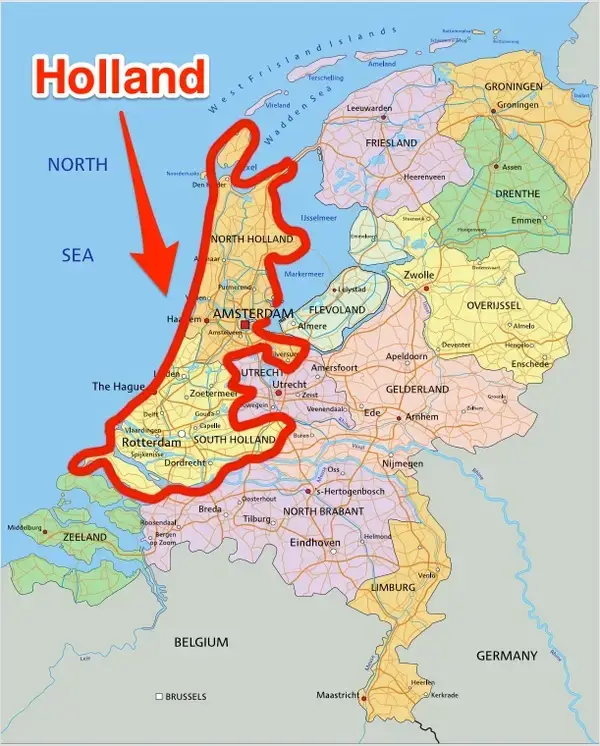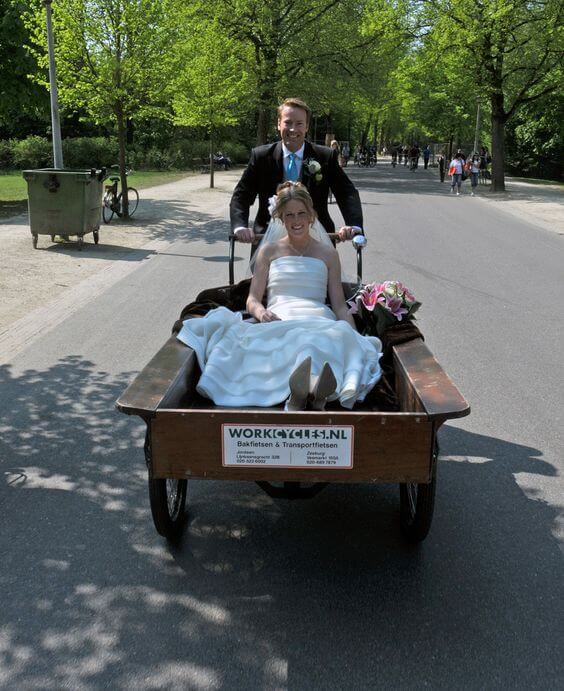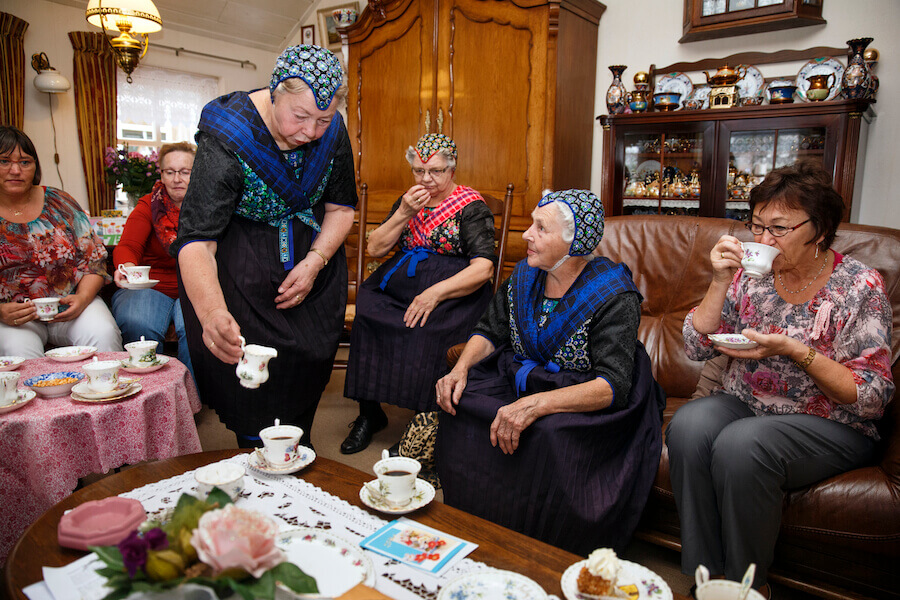The Netherlands is an excellent area to live, particularly for internationals. But that doesn’t mean there aren’t some bizarre, perplexing, and incredibly significant things you should know before relocating here. What is the proper behavior to blend in with the Dutch? What circumstances should be avoided? What is going on, and how am I going to survive? Survival guide 9 things to know before coming to the Netherlands.
The country is not known as Holland (apart from when it is)

When speaking with a Dutch person, never refer to their own country as Holland. It is known as the Netherlands. Holland is simply one region of the country (two of the western provinces to be exact).
The Dutch insist that their country is called the Netherlands. It’s not called Holland for nothing… Never!
Unless they are representing their country in a major international sporting event. Then they’ll start yelling, “Hup Holland hup!” as if their life depended on it.
Wearing a bicycle helmet is not required – Survival guide in the Netherlands

The Netherlands is well-known for its bike culture. It is an important component of Dutch culture and identity. What about bicycle safety? Not at all.
The Dutch have been cycling for so long (and have become so familiar with their bikes) that they don’t see the necessity for bicycle helmets. Anyone wearing one stick out is unusual.
That is why, at least in the Netherlands, wearing a bicycle helmet is not regarded as a smart survival recommendation. If you want to blend in with the natives, avoid wearing protective headgear and don’t consider wearing a high visibility vest.
Learn to ride a bicycle.

In addition to not wearing a bicycle helmet, it is critical to learn how to ride a bicycle. You might think, “I already know how to ride a bike,” but you’d be wrong.
You may know how to pedal a bicycle but don’t know how to cycle – at least not like the Dutch.
Cycling in the Netherlands entails riding with your hands in your pockets, towing a second bike beside yourself, or confidently offering someone (adult or child) a ride on the back of your bike.
It implies you can cycle while carrying any number of strange and fantastically enormous and impractical objects or all of the above simultaneously.
Accept no goodies from odd (Dutch) individuals.

There are numerous Dutch delights to explore that are a great experience. Stroopwafels, hagelslag, and poffertjes are just a few examples. When you first sample them, you’ll wonder how you ever lived without them.
Drop, on the other hand, is a little black sweet that would be equal of liquorice in other nations if not for the intense, insanity-inducing salty flavor.
I can only imagine that Dutch taste buds have developed to tolerate it because they enjoy it so much.
To be honest, there are less harsh-tasting versions of drop, but the Dutch like serving the double salt varieties to foreigners so they can witness their astonished reactions.
If a Dutch person offers you this tiny black sweet, refuse it. In fact, it’s usually advisable to avoid all interaction with that person going forward. They certainly cannot be trusted.
Forget everything you’ve ever learned about queuing – Survival guide in the Netherlands
Perhaps it has something to do with the directness of the Dutch. Perhaps everyone is in a hurry. There is no way to know, but one thing is certain: the Dutch do not queue (at least, not in the same way as us obsessive-compulsive Brits).
Any attempt to board a train, tram, or bus swiftly devolves into anarchy. Everyone gathers around open doors, attempting to force their way through before all available seats are taken. There are no restrictions for queuing in the Netherlands. There are only survivors.
If you hear an alarm, don’t panic (as long as it’s on the first Monday of the month).
A loud alarm goes off across the country at noon on the first Monday of each month. It’s a deafening noise, reminiscent of an ancient air-raid siren. It sounds like you should flee and hide, but the Dutch do not react to it.
That is because they understand it is nothing more than a monthly test of the nationwide alarm system (which is supposed to notify people of an unexpected disaster).
The test makes it simple to identify tourists and newly arriving internationals. They’ll be the ones with terrified and confused expressions on their faces.
What if there is a true emergency on the first Monday of the month at noon… Nobody knows for sure.
Learn to imitate the language – Survival guide in the Netherlands

The Dutch seem to take great pride in their extraordinarily difficult language. When a Dutch person learns that you are attempting to learn their language, they often exclaim how difficult it is to learn. Fun!
As a result, learning to fake-speak the language is considerably easier. Simply nod and grin a lot during a Dutch conversation.
In agreement, occasionally interject the words ‘dus’ or ‘ja zeg’. You’ll breeze through that Dutch discussion (as long as they don’t ask you any questions that require an answer).
Always keep throat lozenges on hand.
If you want to learn Dutch, expect to have a painful throat for a few months as you strive to master some of the more difficult sounds.
Another source of pride for the Dutch is that their language contains several sounds that are not found anywhere else.
In Dutch, the sounds formed by the letters ‘ie’, ‘ou’, and even plain ‘u’ are extremely difficult for a non-Dutch person to get correctly (or even hear how they’re incorrect).
However, the ‘g’ sound, sometimes known as ‘the harsh g,’ causes painful throats in non-Dutch people.
It’s difficult to put into words how it sounds. When most non-Dutch individuals do it, they say like they’re choking and need the Heimlich maneuver.
Don’t get your hopes up when you’re invited to a Dutch birthday party.

You should be overjoyed when you make your first Dutch acquaintance and are invited to their birthday party. It’s a tremendous honor. However, you should not expect too much.
You may have imagined a wild party, a night of music, dancing, and drinking, but the reality is generally quite different. You will not be dancing. You’ll be seated in a circle and chatting.
Twenty-something partygoers will not surround you. You’ll be surrounded by three generations of the birthday boy or girl’s family, and coffee is the only thing strong enough to drink.
